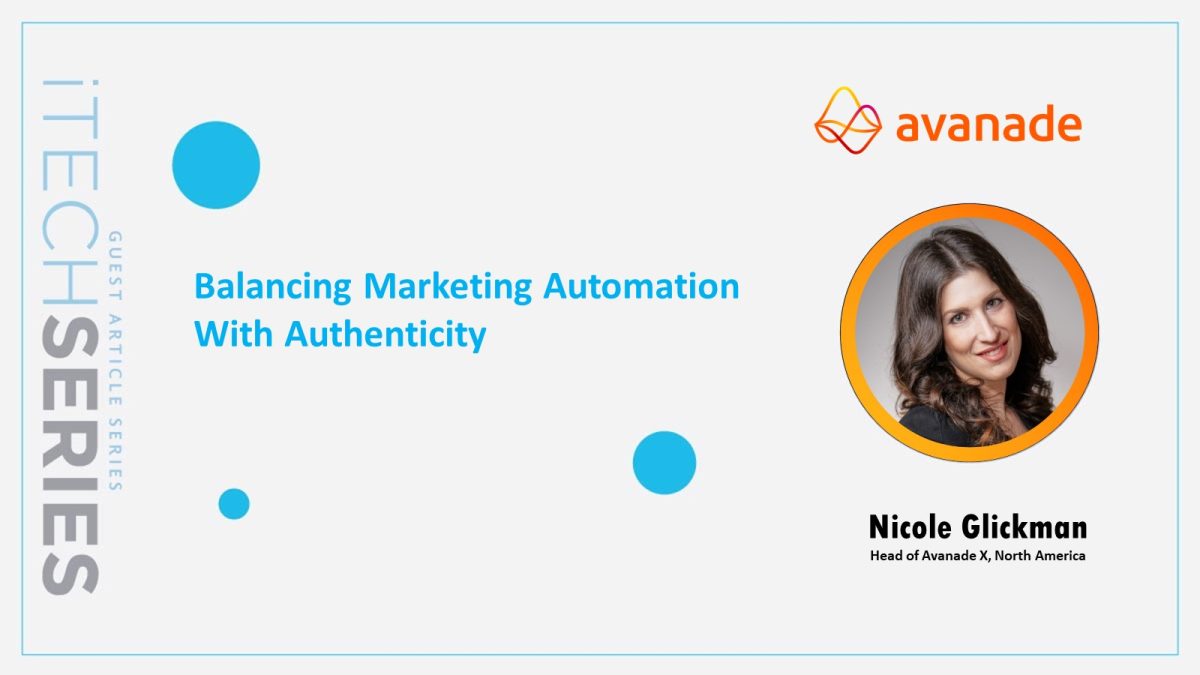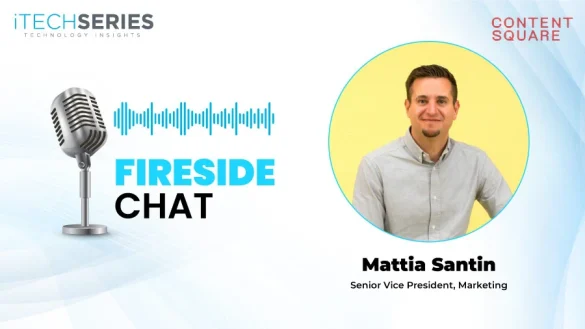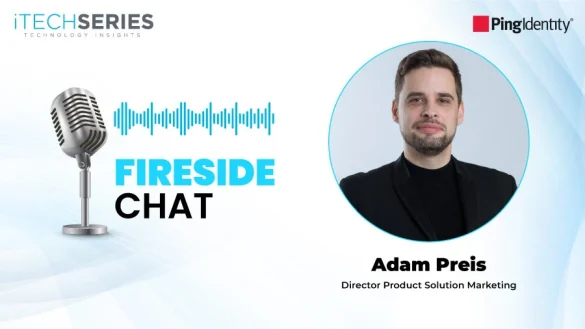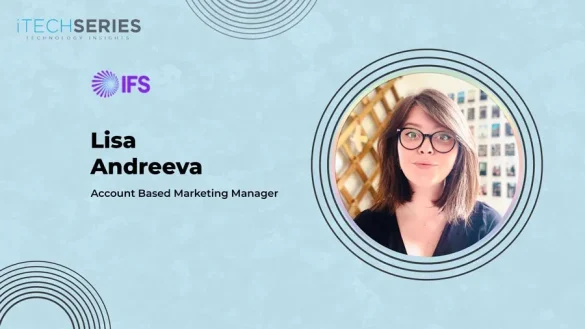Business leaders in every industry know the data-driven “mantra” by now: leveraging data for unique insights drives action, and ultimately, growth. But for seasoned marketing leaders, unique insights aren’t good enough. We need to get beyond that. We’re looking for motivating insights… the stuff that moves people and creates real value.
Marketers are grappling with a conundrum; how do we create more deeply personalized campaigns that drive action at a time when channels have proliferated, and consumer expectations around authenticity are at an all-time high? Couple that with the scrutiny of campaign performance that marketers face by their business stakeholders – equal parts exciting (marketing viewed as a partner, not provider) and scary (all eyes on marketing) – many marketing professionals are therefore pondering the role of AI in helping them deliver value, all while maintaining a close relationship with their customers.
Yes, early use cases show compelling operational cost savings through AI automation, allowing business units to do more with less, but should marketers risk eroding consumer trust by embedding AI in their campaign development process when consumers demand an authentic experience?
My answer is a resounding yes… if managed correctly.
Case and point, a large financial institution saw a 4x conversion performance lift with personalized content over the traditional marketing approach, leveraging AI to support automation.
So where can AI help? To start, let AI sweat the smaller stuff such as automating the mapping of data to audience segments and prioritizing where outreach programs should be built – a task we know that is time-consuming and labor-intensive. Marketers can then ensure the authenticity of messaging by layering inputs from tailored research. This research will drive the development of personas and archetypes that can be fed back into AI-driven tools to create their individualized journeys.
To capture the value of AI in this automated yet authentic way, marketers must get some things right:
- Consolidate data: Organizations have massive amounts of data, but not all of it is good data, nor can we legally cross-pollinate this data in some, regulated industries. An advanced data platform such as Microsoft Fabric will simplify and consolidate data, laying the foundation to get to motivational insights faster and implement AI.
- Augment data with third-party research: This is arguably the most important step. We see brands get to the nugget of motivating insights when they go deeper than typical data, with surveys or interviews. This is paramount to deliver authenticity. Only with authenticity can we more successfully insert our brand into the consumer journey in a meaningful way that promotes action.
- Build a library of motivating insights and journeys: If you know where a consumer is in their journey, you can intercept and market around key points in time. The consumer will be more likely to engage, and your brand will be top of mind.
- Understand how your strategy affects the holistic message and channel approach: The beauty of a personalized approach is how we can shift the message to be most relevant, not only within the channel but at the most relevant moment in time. Your strategy should account for multiple messages and nuanced changes to the message depending on time and delivery method.
- Start small and scale: Even with the operational cost-reduction potential of AI, marketers can’t target every segment at once. Be judicious, and only personalize experiences where it makes sense; understand where you can achieve business value early.
- Create a strong measurement plan: Track and optimize KPIs through a learning agenda. Agree on what outcomes you expect to see, and if it’s not happening, identify the root cause and modify your approach.
- Align your stakeholders: If your organization gets stuck in bureaucracy such as lengthy leadership approvals, it’s time to adjust to the speed and agility required in this new AI world. What used to take weeks will now take minutes. To realize the possibilities of relevant personalized experiences, the entire organization must be ready to act at that moment in time.
Indeed, the power of AI automation and the connections created by personalized marketing campaigns are not mutually exclusive. Careful attention to getting your people, platforms, and processes ready to embrace the transformative potential of AI will establish marketing as a true partner in driving business value.
So, in conclusion, can you have authenticity and automation in marketing at the same time?
The answer is yes, and if done right, it drives significant business value while not compromising the quality of your outreach efforts increasing brand affinity.








